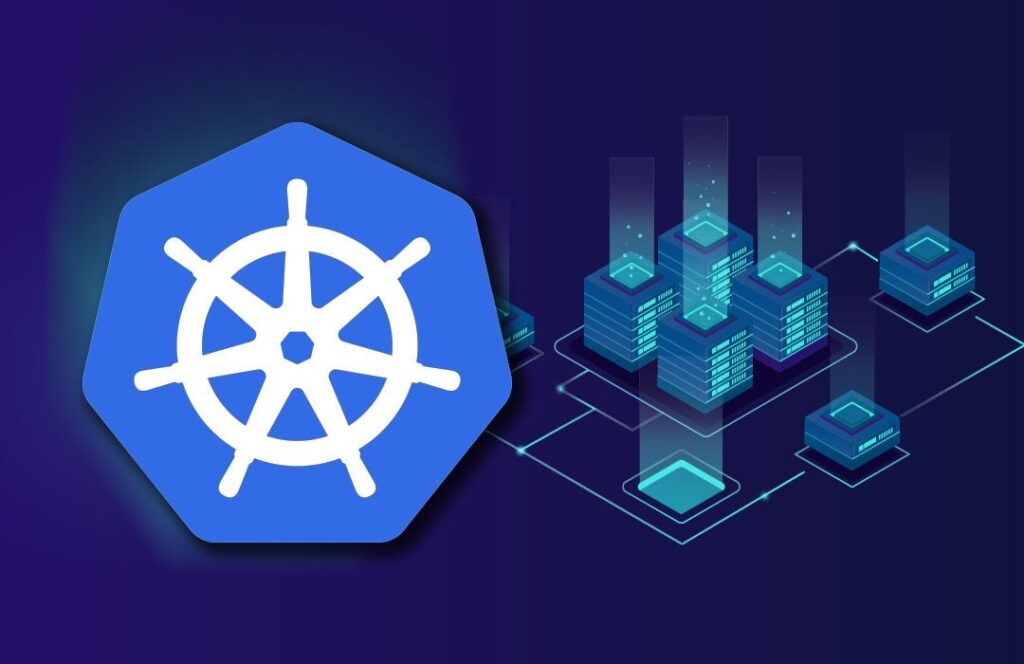Kubernetes Demystified: Building Resilient Apps in the Cloud Era
In recent years, Kubernetes has gained significant momentum as a powerful container orchestration platform, revolutionizing how major industries deploy, scale, and manage applications. As highlighted by Gartner, the rising trends in Kubernetes reflect its significance as a scalable and efficient container orchestration platform. Its adoption empowers organizations to achieve agility, optimize resource utilization, and deliver highly available applications.
As organizations strive for agility, scalability, and efficiency, Kubernetes has emerged as a critical tool for orchestrating containerized environments. In this blog, we will explore the rising trends in Kubernetes and its significance for significant industries and discuss its use cases, benefits, drawbacks, security considerations, and prospects.
Use Cases of Kubernetes in Major Industries:
- IT Services and Software Development: Kubernetes enables organizations to manage and deploy applications across multiple environments, improving development velocity, scalability, and resource utilization.
- E-commerce and Retail: It helps handle seasonal traffic spikes, scale applications seamlessly, and ensure high availability for e-commerce platforms.
- Financial Services: This allows financial institutions to run mission-critical applications with high reliability, scalability, and security, supporting banking systems, payment gateways, and risk management platforms.
- Healthcare: It facilitates the deployment and management of healthcare applications, ensuring secure access to patient data and efficient collaboration among healthcare providers.
- Media and Entertainment: It helps companies deliver content at scale, manage video streaming platforms, and dynamically adjust resources based on user demand.

Pros of Adopting Kubernetes:
- Scalability and Flexibility: It offers seamless scalability, allowing organizations to handle varying workload demands and efficiently allocate resources.
- Resource Efficiency: Kubernetes optimizes resource utilization by automatically managing containers and distributing workloads across nodes, reducing costs and improving performance.
- High Availability: It ensures application availability through automated failover mechanisms and load balancing, minimizing downtime and enhancing user experience.
- Container Orchestration: This simplifies container management, automates deployments, and provides lifecycle management capabilities, enabling efficient application development and operations.
- Vendor Neutrality: It is an open-source platform supported by a vast community, providing organizations with vendor neutrality, flexibility, and a wide range of compatible tools and services.
Cons and Challenges of Kubernetes:
- Complexity: Kubernetes has a steep learning curve, requiring a solid understanding of its architecture, concepts, and components. It may require dedicated resources and expertise for successful implementation.
- Operational Overhead: Managing Kubernetes clusters and maintaining infrastructure can be resource-intensive, requiring ongoing monitoring, updates, and management of configurations.
- Networking and Storage: Setting up networking and persistent storage solutions within K8s can be complex, requiring additional configuration and integration with existing systems.
Security Considerations in Kubernetes:
- Cluster Security: Securing the cluster involves managing access controls and authentication mechanisms and implementing network policies to prevent unauthorized access and protect sensitive data.
- Container Security: Organizations must ensure secure container images, implement runtime security measures, and regularly update containers to address vulnerabilities.
- RBAC and Audit Logging: Role-Based Access Control (RBAC) should be implemented to enforce granular access permissions, and audit logging should be enabled to track and investigate suspicious activities.
The Future of Kubernetes:
- Serverless and Edge Computing: It is evolving to support serverless computing and edge deployments, enabling organizations to run functions and applications closer to end-users.
- Multi-Cloud and Hybrid Deployments: It is increasingly being adopted to manage applications across multiple cloud providers and hybrid environments, offering portability and flexibility.
Wrapping Up
In my opinion, Kubernetes has become an indispensable tool for significant industries in today’s fast-paced digital landscape. This provides a solid foundation for major initiatives to handle varying workloads, scale applications seamlessly, and improve operational efficiency. While there may be challenges in terms of complexity and operational overhead, the benefits outweigh the drawbacks.
As organizations prioritize security considerations and leverage the ever-evolving capabilities of Kubernetes, they can unlock their full potential for driving innovation and success. I firmly believe that it will continue to play a crucial role in shaping the upcoming of significant industries, facilitating advancements in cloud-native architectures, serverless computing, and multi-cloud deployments, leading to enhanced scalability, resilience, and competitiveness. For more insightful blogs, visit auxin.io






